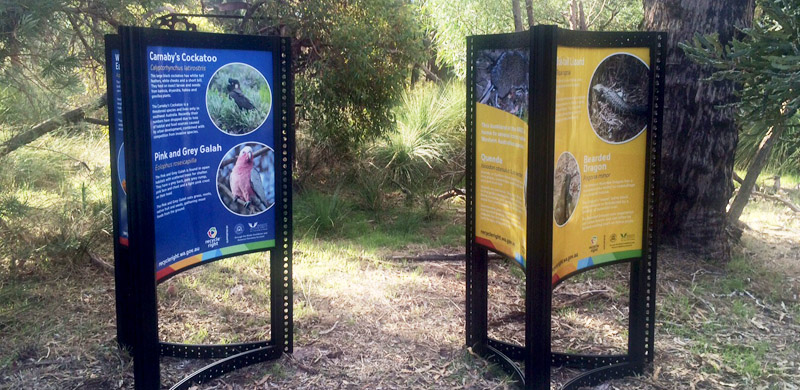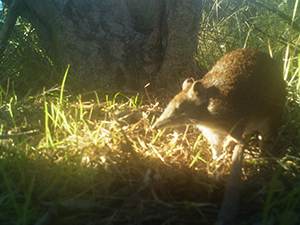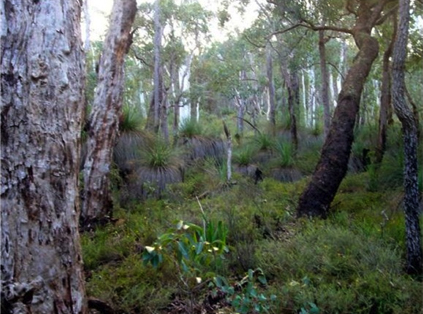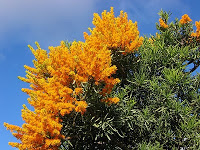Resource Recovery Group - Canning Vale Bushland

The Canning Vale Centre is home to 1.4 ha of remnant Banksia Woodland. This woodland is important habitat for the conservation dependent Southern Brown Bandicoot and feeding grounds for the endangered Carnaby’s Black Cockatoo.
Southern Brown Bandicoot or Quenda (Isoodon obesulus)
 The Southern Brown Bandicoot Is a small native marsupial which is found in the Canning Vale Conservation area. They eat insects, seeds and fungi and are territorial so will not venture far from their habitat.
The Southern Brown Bandicoot Is a small native marsupial which is found in the Canning Vale Conservation area. They eat insects, seeds and fungi and are territorial so will not venture far from their habitat.
The biggest problem facing these native animals are introduced species mainly foxes, cats and dogs. These animals are often mistaken for rats and can be seen coming close to Residential areas, often sighted in people’s back yards.
The Quenda breeds mostly between May and October, producing up to 3 litters of 2 to 4 young in a season, which will stay safe in its mother’s pouch for 60-70 days.
The Australian Native Grass Tree (Xanthorrhoeas)
 The grass tree Xanthorrhoea is a uniquely Australian plant, which epitomises the Australian landscape.
The grass tree Xanthorrhoea is a uniquely Australian plant, which epitomises the Australian landscape.
It will withstand drought, floods and almost all Australian terrains and climatic changes. Bushfires will burn the foliage (or skirt of the grass tree) known as a common bushfire fuel and blacken the stump, so it can regrow. In fact, a bushfire or a flood will often encourage flower development.
When it does flower, it produces spikes, which can grow up to two metres and which eventually turn brown. Xanthorrhoeas don’t grow quickly in fact it can take 20 years for just a trunk to form, with an average grass tree trunk growing one foot every thirty years. The trunk may divide into two or more branches after fire with each branch forming its own grass like head. The plant itself can live for up to several centuries. The ancient aboriginals’ spears dating back tens of thousands of years, are normally made from the Grass tree flower. They fascinated the first European settlers, since they were unlike any other known plant. In fact, they are a living fossil developed early in the evolutionary stakes for flowering plants.
A traditional Aboriginal favourite: Grass trees were a ‘staple’ plant for the aborigines, providing food, drink, fibre and materials for making implements and weapons. Its resin was used as glue and its flowers as spears.
WA Christmas Tree (Nuytsia floribunda)
 Nuytsia floribunda is a hemiparasitic plant found in Western Australia. The species is known locally as the Christmas Tree, displaying bright orange flowers during the Christmas season.
Nuytsia floribunda is a hemiparasitic plant found in Western Australia. The species is known locally as the Christmas Tree, displaying bright orange flowers during the Christmas season.